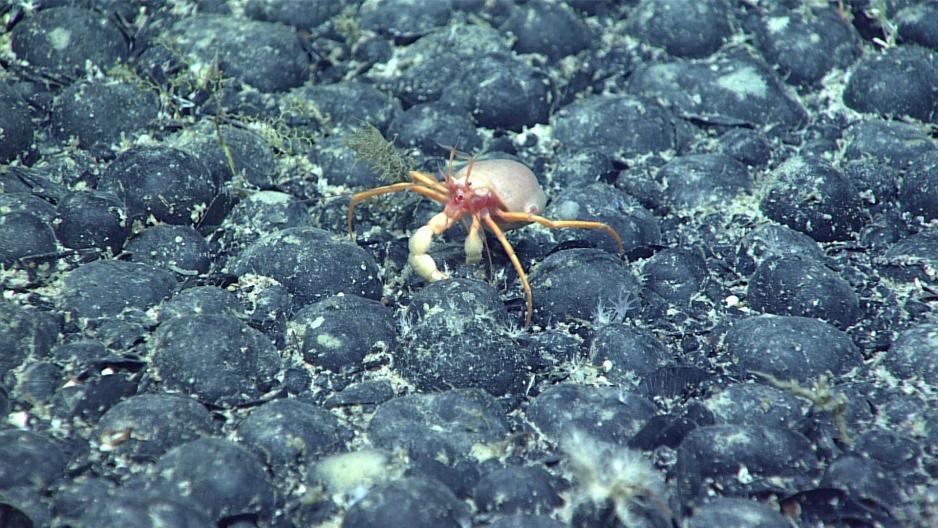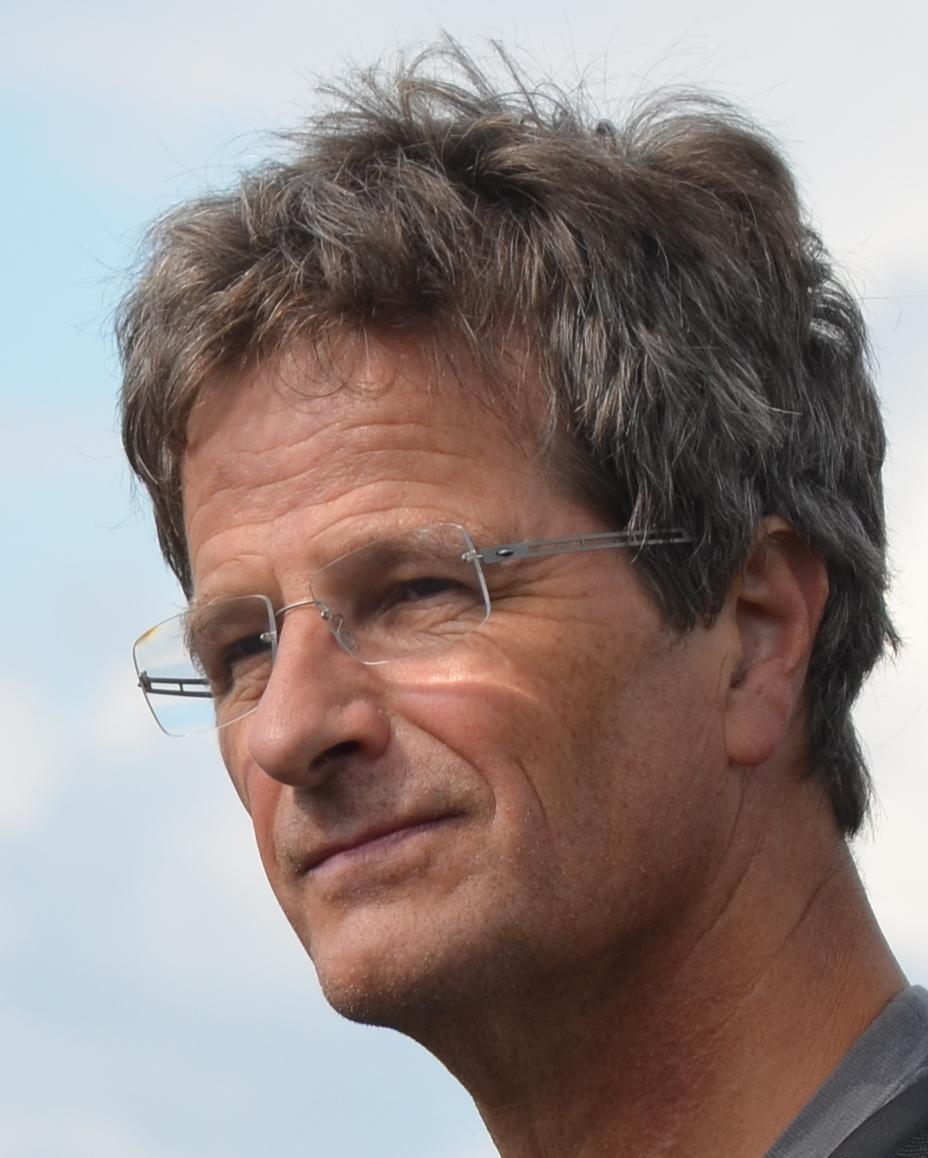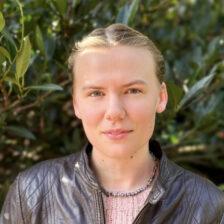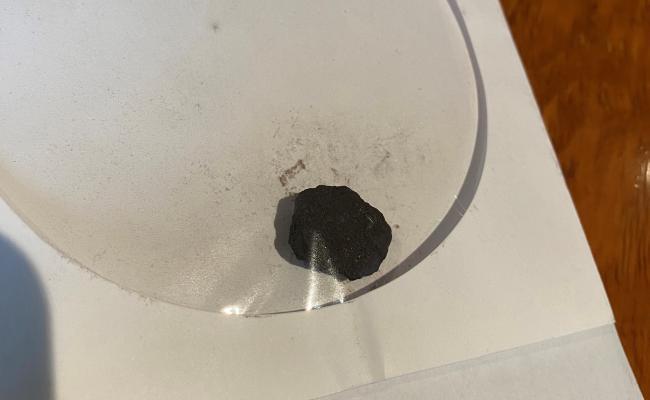The Dark Oxygen Research Is Misleading, Says Climate Advisor

The nodules claimed to produce oxygen in the deep sea are usually the size of an egg or a potato. The nodules have spent millions of years growing into this size. (Photo: NOAA Ocean Exploration)
Researchers who believe they have found evidence of oxygen production on the deep seabed without the help of sunlight are now facing stark criticism. Climate Advisor Tore Killingland believes WWF exaggerates the findings in its fight against seabed mining in Norwegian ocean areas. Gina Gylver of WWF Norway says it is unsurprising that the industry is trying to discredit the research.
In July, the acknowledged Nature Geoscience journal published research that presented evidence of nodules producing oxygen in the deep seabed without the help of sunlight. The nodules were found in the Pacific Ocean, but the leading scientist behind the study has stated to VG that although these do not exist in the Norwegian ocean areas that have been opened up for exploration, there are manganese crusts there that could produce oxygen.
In October, High North News published an interview with Gina Gylver of WWF Norway about the possible consequences deep seabed mining could have for these nodules and the ocean in general. Gylver said that we know too little about the deep sea to embark on mining and that the findings turn everything we thought we knew about the deep sea on its head.

Tore Killingland, Climate Advisor of TK Energy. (Photo: Private)
"If this very special study has 'turned everything on its head,' then they know very little about the deep sea," says Tore Killingland to High North News.
"How can you say you don't know anything, but it will be a catastrophe if something starts up there? What does WWF really know about the ocean if they can say something so stupid? We know so much about the ocean. There is so much science which also says that this study [of dark oxygen, ed. note] cannot be correct."
He has worked as the secretary general of Friends of the Earth Norway, the former Norwegian Ministry of the Environment, and in Offshore Norway. Today, he works as a climate advisor at his own company, TK Energy.
Killingland is not the only one criticizing the dark oxygen findings and its role in the fight against deep seabed mining, among other things.
In September, the journal Science published an article stating that the findings were too weak.
Researchers from the Metals Company have also published a critical comment on the oxygen report. The company partly funded the voyage where the study was conducted and has, therefore, had access to the documentation from the voyage.
Faulty equipment
One of the main theories behind how the researchers could measure oxygen production on the seabed is based on the equipment utilized.
Killingland refers to the comments from the Metals Company's research team, who believes the equipment lowered down to the seabed to measure oxygen may have accumulated oxygen bubbles on its way down and not have been appropriately ventilated. Another theory is that the electricity from the fan on the equipment may have caused electrolysis, making the nodules produce oxygen.
Killingland also believes the figures used in the report are misleading because they showcase oxygen production over two days. He believes that most people will think that the production continues after the two days, but the flattening of the curves means that the production stops, he says.
"The figures make people believe that this is an everlasting production."
"WWF does not ensure quality"
Killingland says that WWF and other environmental organizations latch on to these kinds of reports without ensuring the quality of content.
"If you know anything about the deep sea, you know that this is absurd. It is completely new, at least. So perhaps they should await and not pull out all the stops for this kind of study."
"When something is this far off, you should be more careful. Or you'll be part of the downfall when the report is falsified."
He also believes that the extent of a possible mining operation is overstated. WWF has highlighted that an area the size of the UK risks destruction.
"The area that has been announced is the size of the UK, but that does not mean there aren't any rules. This debate has gotten out of hand in terms of what is practiced in Norwegian management," says Killingland.
The climate advisor also points to a report from EY, which explored how much of the seabed would actually be used for mining.
"The report shows that the actual area only amounts to about 1 km2 per municipality."
He draws comparisons to mining on land.
"Why aren't there mines all over Norway then? Because it is only financially viable in a few places. To open a mine in Egersund, which is now up for discussion, do we have to conduct an ecosystem assessment of the entire southern Norway to give out a permit? No," he states.
WWF believes that the minerals needed can be extracted through responsible mining on land since we have experience on land. What are your thoughts on that?
"Yes, I agree that we have a long experience with destroying rainforests with mining on land," laughs the climate advisor.
On land, we have groundwater and drainage and things like that. On the seabed, we do not have the same problems. There is no vegetation to be lost. It's really a desert down there but with vital oases - hot springs that create pipes."
"In the area where the nodules are, which is the basis for the investigation into possible oxygen production, approximately 5-6000 species have been found. That sounds good, but looking at pictures, you only see these nodules and almost nothing else. Among these thousands of species, there are bacteria and things like that. There is no apparent life there. When it gets that deep, the nutrition disappears on the way down, and it becomes a desert. In Norway, 46,000 species have been registered."
Know too little

Gina Gylver, WWF Norway's advisor on deep sea mining. (Photo: WWF)
Gina Gylver of WWF Norway tells High North News that WWF is not claiming there is too little knowledge about the deep sea to explore and extract seabed minerals; it is the country's foremost research environments and the Norwegian Environment Agency.
"The Norwegian Institute of Marine Research has stated that we do not have any knowledge about the nature diversity for 99% of the area that was assessed for mineral activity. They say that mineral activity can majorly affect several key species in marine ecosystems. These populations are crucial to our fisheries and other marine life," she says.
She says that the Norwegian Polar Institute is clear on not knowing how exploration or extraction will affect seabirds and other marine mammals.
Radioactive pollution
In addition, Gylver refers to the hearing response from the Norwegian Radiation and Nuclear Safety Authority, which stated that it is possible that both exploration and extraction could lead to radioactive pollution but that no assessments have been conducted.
"Without knowledge of ocean currents, it is also impossible to know the extent of the impact from sediment clouds, heavy metals, and radioactive pollution," says Gylver and continues:
"The Norwegian Environment Agency stated in its hearing response that the impact assessment was so poor that there was no professional or legal basis for opening. Over 800 deep-sea researchers worldwide have signed a petition for a moratorium, i.e., a temporary pause for seabed mining."
Criticism from the industry itself?
Gylver also says that the article on dark oxygen is peer-reviewed, unlike some of the sources Killingland refers to:
"The criticism has not been peer-reviewed but has, however, often been written by the industry itself. And it is perhaps not so surprising that they would discredit research that could become such an obvious obstacle to mineral extraction in the deep sea," she states.
"These are sensational discoveries that have earned attention worldwide and the best example of how little we know about the deep sea."



